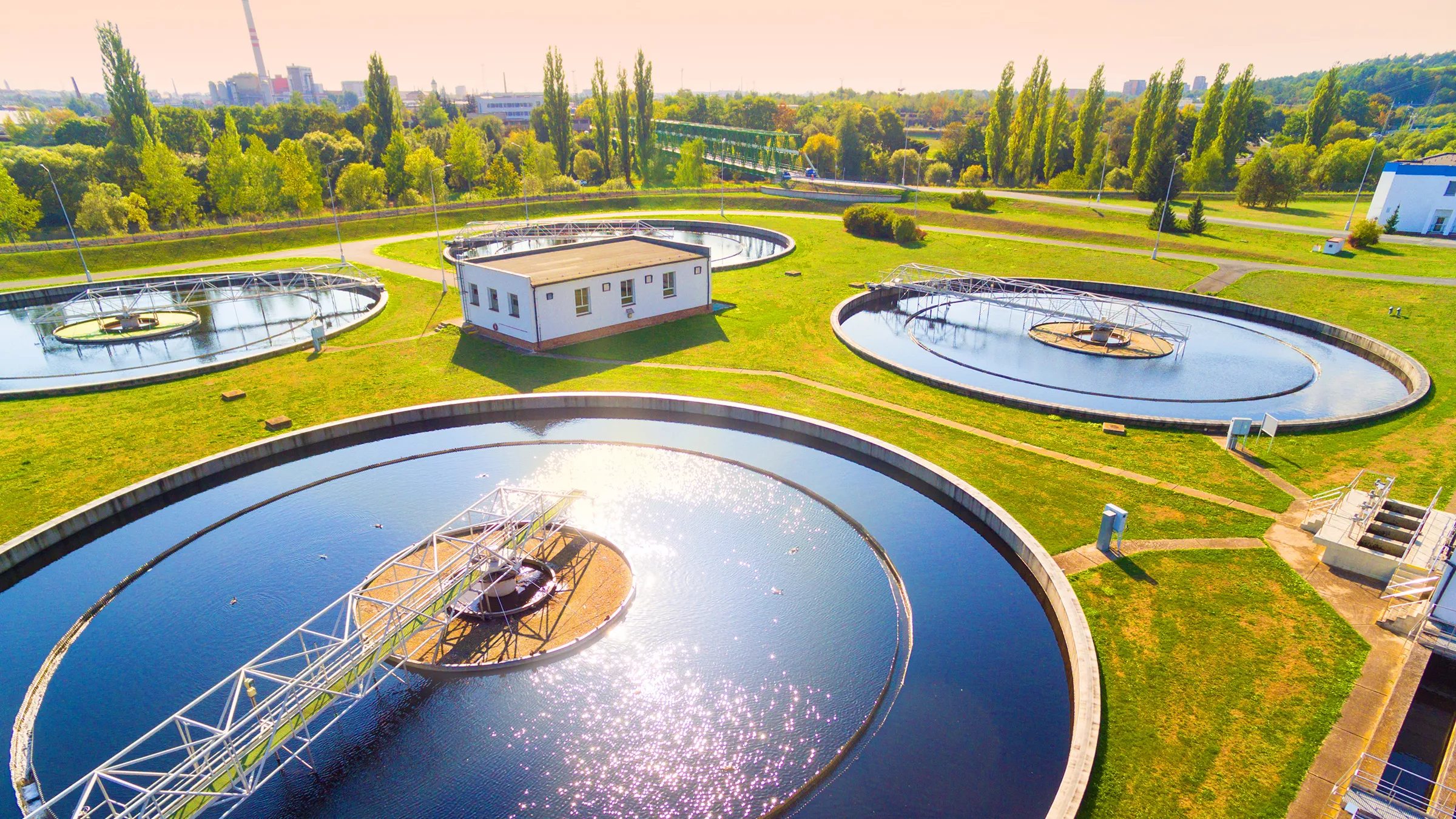
Water and Wastewater Plants
Water and wastewater plant monitoring with vibration sensors and structural assessment nationwide.
- Corrosion Monitoring
- Leak Detection
- Foundation Settlement Monitoring
Request a sector consultation
Align your thresholds, instrumentation, and reporting with our PE-led team. We respond within one business day with tailored deployment options.
Water and wastewater treatment facilities operate critical infrastructure with complex underground networks of pipes, tanks, and containment structures that face unique environmental challenges. Seismic activity can damage buried pipelines and storage tanks, while chemical corrosion from treatment processes accelerates material degradation. Soil settlement around large concrete basins and clarifiers creates structural stresses that traditional inspections miss. Nationwide deployment covers municipal water systems, industrial wastewater facilities, and desalination plants across diverse geological conditions. Facility operators prioritize preventing contamination incidents that could impact public health and face stringent EPA compliance requirements. Underground structures are particularly vulnerable to undetected movement, with some facilities containing miles of piping and multiple treatment stages. Monitoring systems must account for both above-ground buildings and extensive subterranean infrastructure, providing comprehensive oversight of aging assets that serve communities ranging from small towns to major metropolitan areas.
Popular Services in This Sector
Corrosion Monitoring
Chemical exposure in treatment processes accelerates corrosion of pipes and tanks. Continuous monitoring tracks corrosion rates to schedule maintenance before leaks compromise water quality or structural integrity.
Leak Detection
Underground piping systems and storage tanks can develop leaks that go undetected by surface inspections. Acoustic sensors and pressure monitoring identify leaks early to prevent contamination and structural damage.
Foundation Settlement Monitoring
Heavy concrete structures and soil consolidation cause settlement around treatment basins. Settlement monitoring prevents structural failures that could halt water treatment operations serving communities.
Seismic Monitoring
Earthquake-prone regions require monitoring of buried infrastructure and above-ground treatment structures. Seismic sensors detect ground motion that could damage pipelines and containment systems.
Tank Integrity Monitoring
Large storage and settling tanks experience stresses from water levels and chemical reactions. Structural monitoring tracks wall deflection and foundation movement to ensure containment integrity.
Pipe Stress Monitoring
Buried pipelines face soil movement, traffic loads, and internal pressure variations. Strain monitoring identifies stress concentrations that could lead to pipe failures in water distribution systems.
Frequently Asked Questions
How does monitoring help water plants meet EPA compliance?
Structural monitoring provides documentation of infrastructure integrity required for EPA reporting. Our nationwide deployments help facilities demonstrate proactive maintenance approaches that prevent contamination incidents affecting public health.
What challenges make water infrastructure monitoring complex?
Water systems combine above-ground treatment buildings with extensive underground networks. Our monitoring approaches account for both seismic risks and corrosion from treatment chemicals across diverse geographical conditions nationwide.
How do you monitor underground water infrastructure?
We use specialized sensors for buried pipes and tanks, including acoustic leak detection and soil strain monitoring. Wireless networks transmit data from underground locations to surface monitoring stations across our national deployments.
Why is corrosion monitoring critical for water treatment?
Treatment processes expose infrastructure to chemicals that accelerate corrosion rates. Continuous monitoring tracks degradation patterns, allowing facilities to schedule maintenance before failures impact water quality or structural safety nationwide.
Example of Our Capabilities
Sector Type
Water and Wastewater Plants
Situation
Municipal water treatment facility needs to monitor corrosion in aging concrete tanks and underground piping
Our Approach
Install corrosion sensors on tank walls, deploy acoustic leak detectors on pipelines, establish monitoring baselines, configure automated alerts for corrosion rate changes
Expected Outcome
Continuous corrosion rate data and early leak detection warnings that prevent contamination incidents and extend infrastructure lifespan
